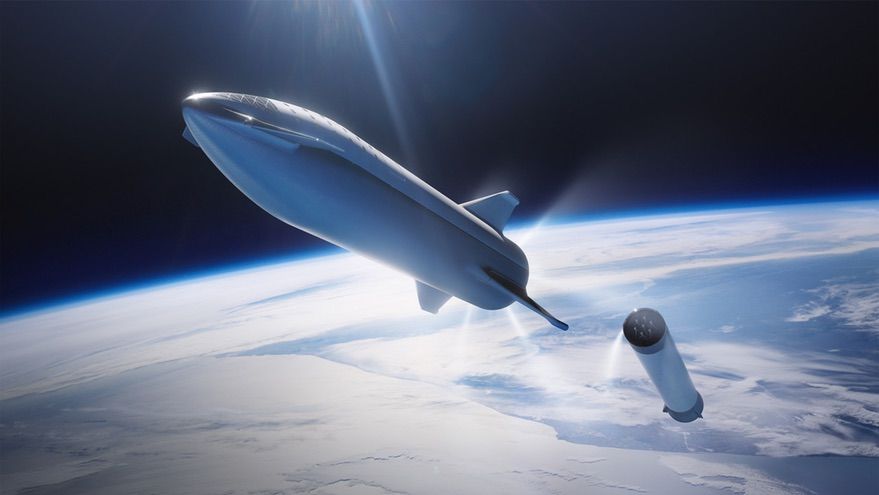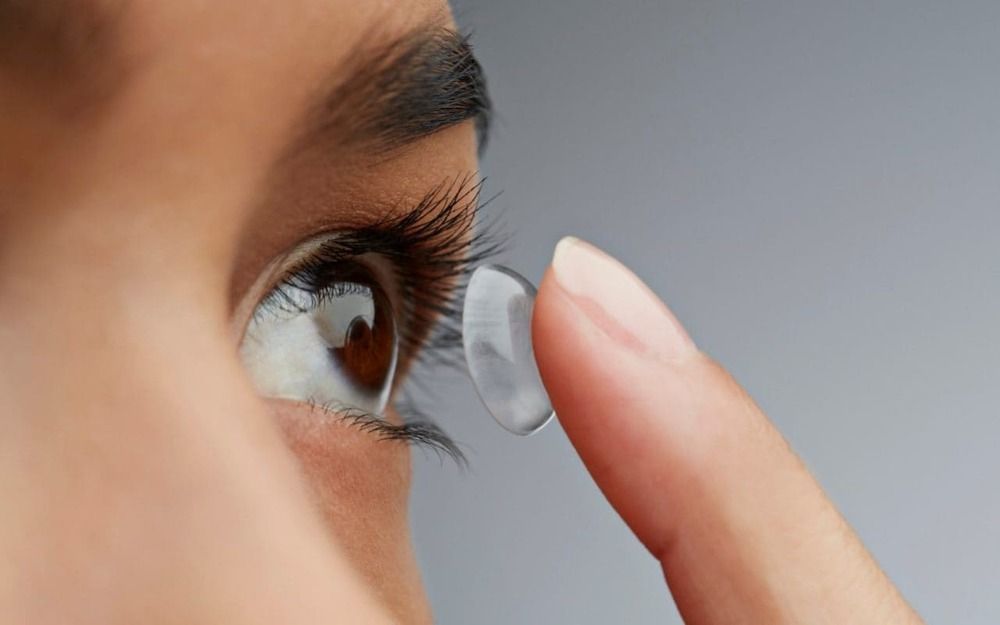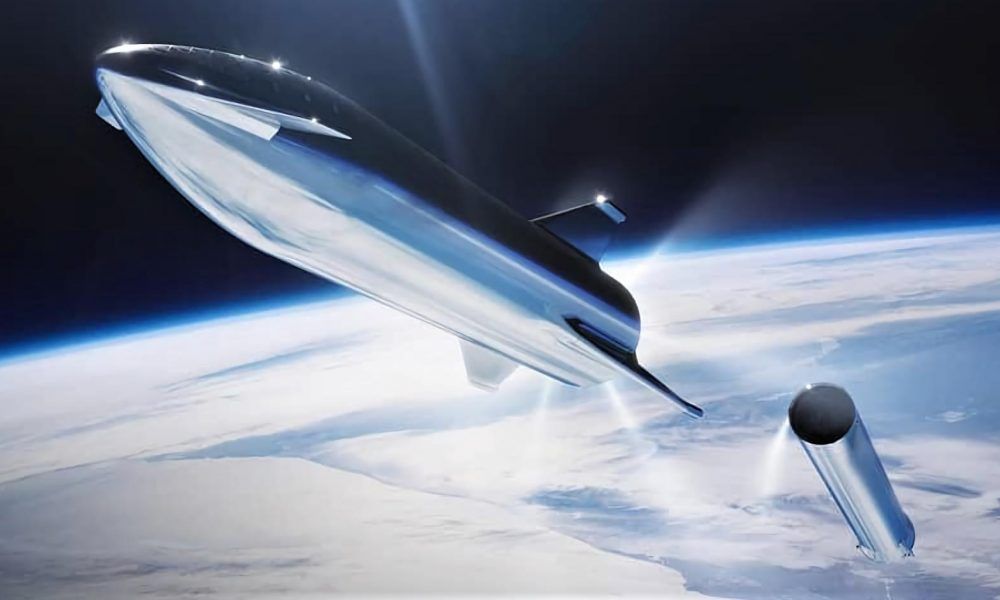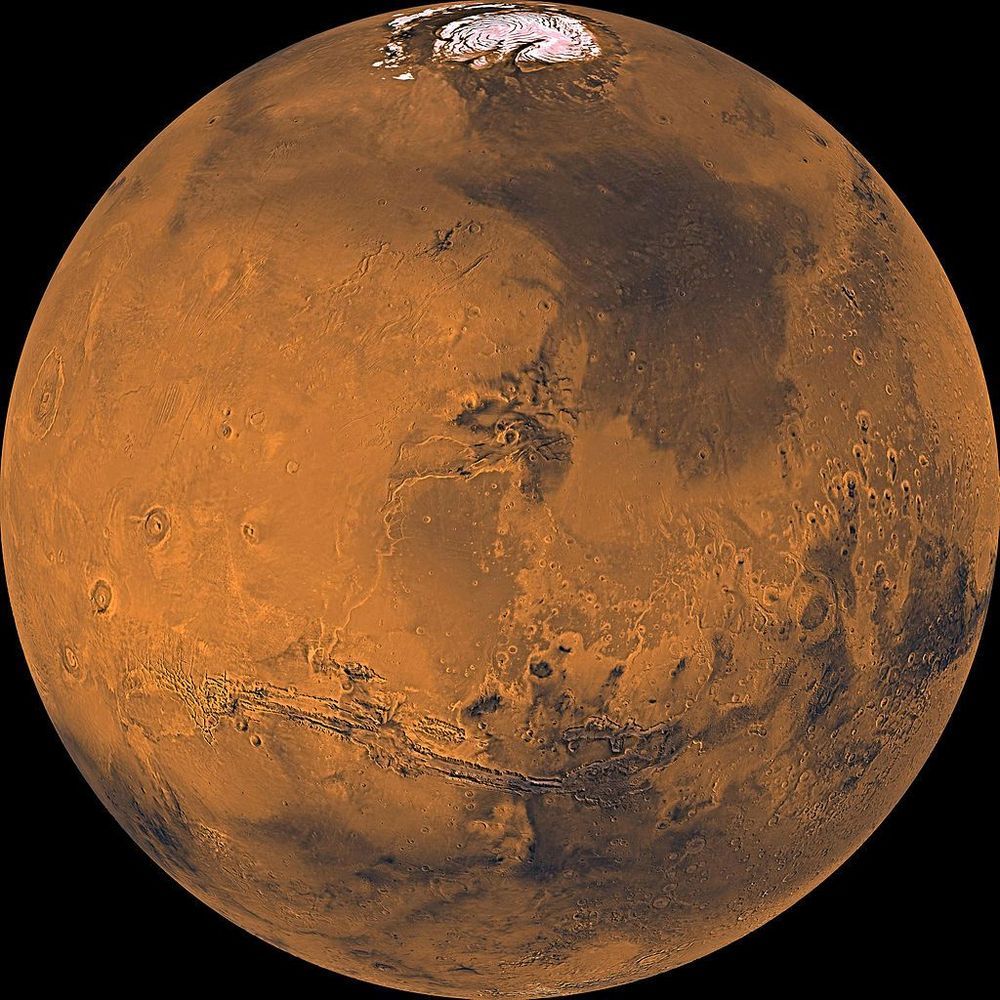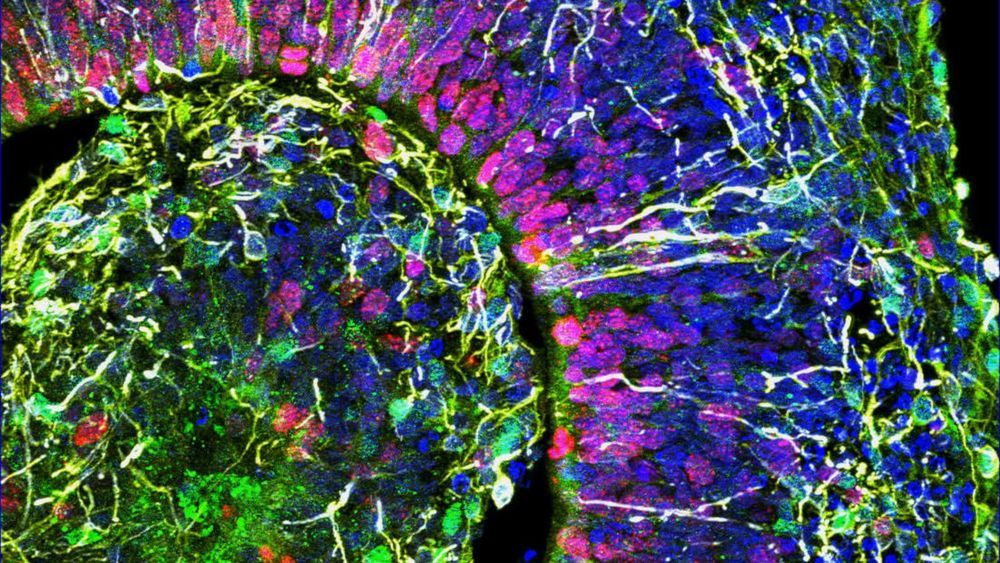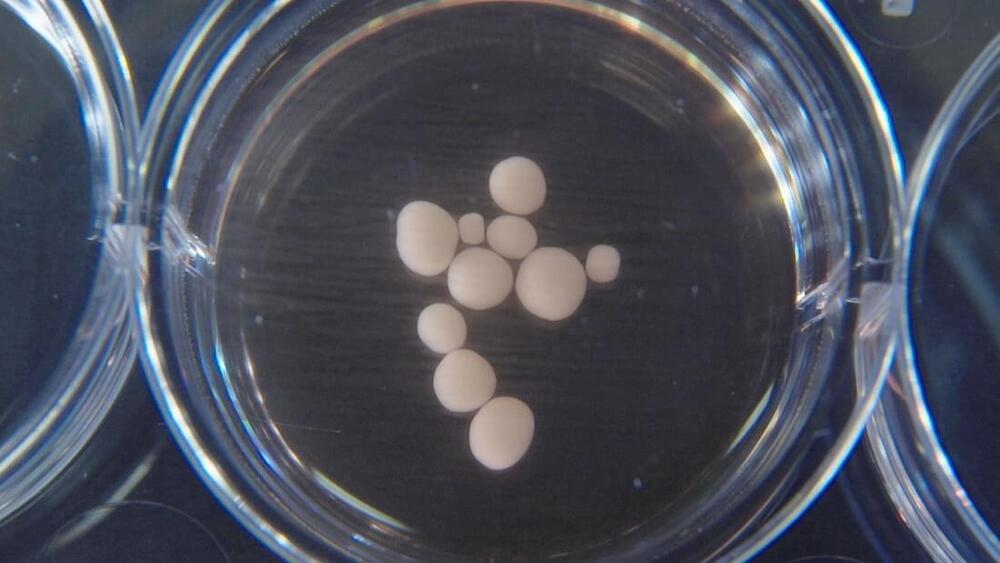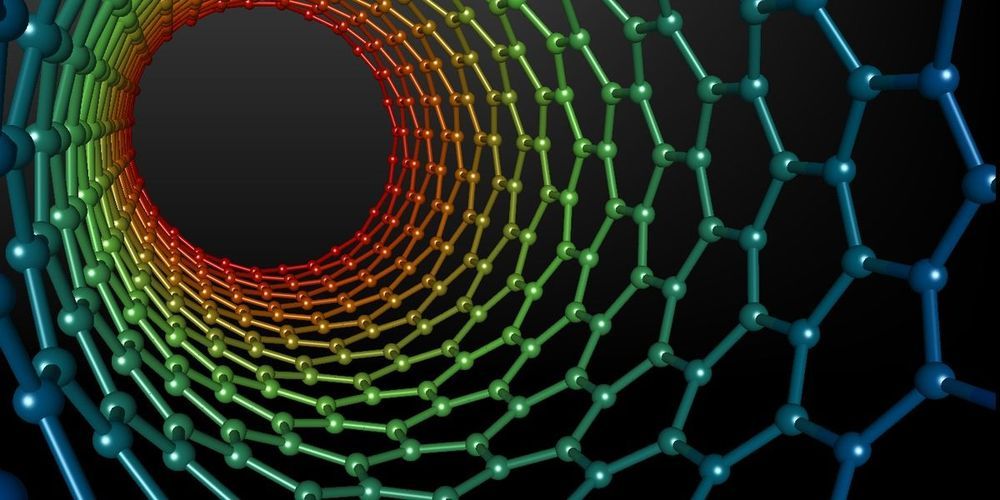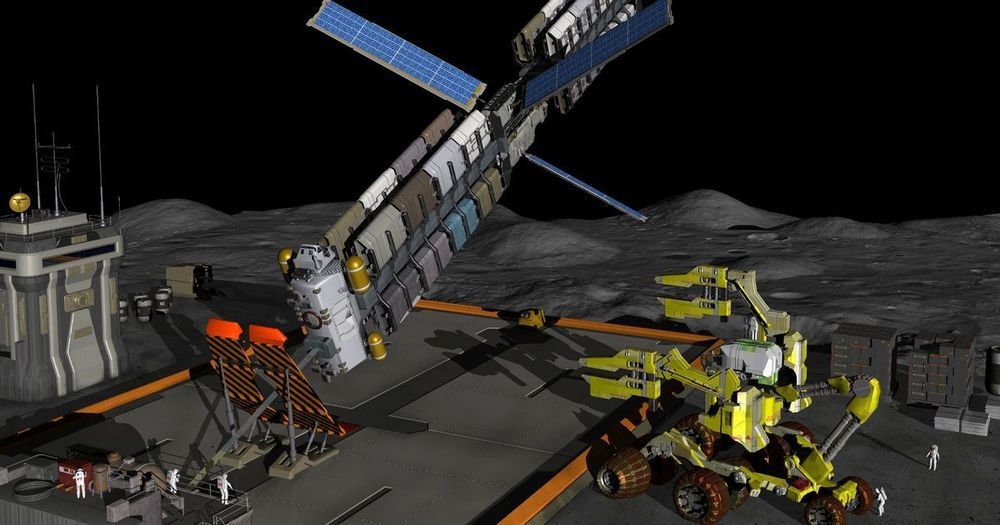WASHINGTON — SpaceX plans to build facilities at the Kennedy Space Center’s Launch Complex 39A for launches and, eventually, landings of its next-generation launch vehicle, according to a newly released report.
An environment assessment prepared by SpaceX, and released by NASA Aug. 1, discusses plans to develop additional facilities at LC-39A, which currently hosts Falcon 9 and Falcon Heavy launches, for use by the company’s Starship vehicle and its Super Heavy booster.
The plans outlined in the document call for the construction of a new launch mount at the complex near the existing one used by the Falcon 9 and Heavy. The modifications to the pad would also include a tank farm for the methane fuel used by the Raptor engines that power Starship and Super Heavy.
